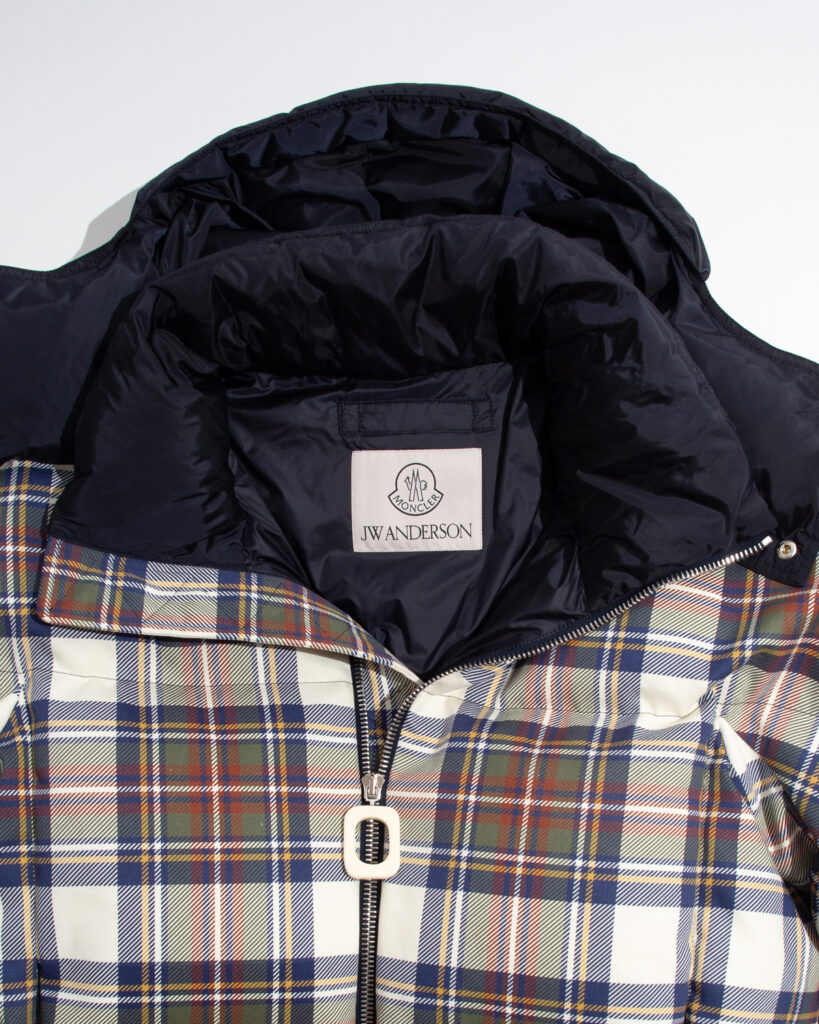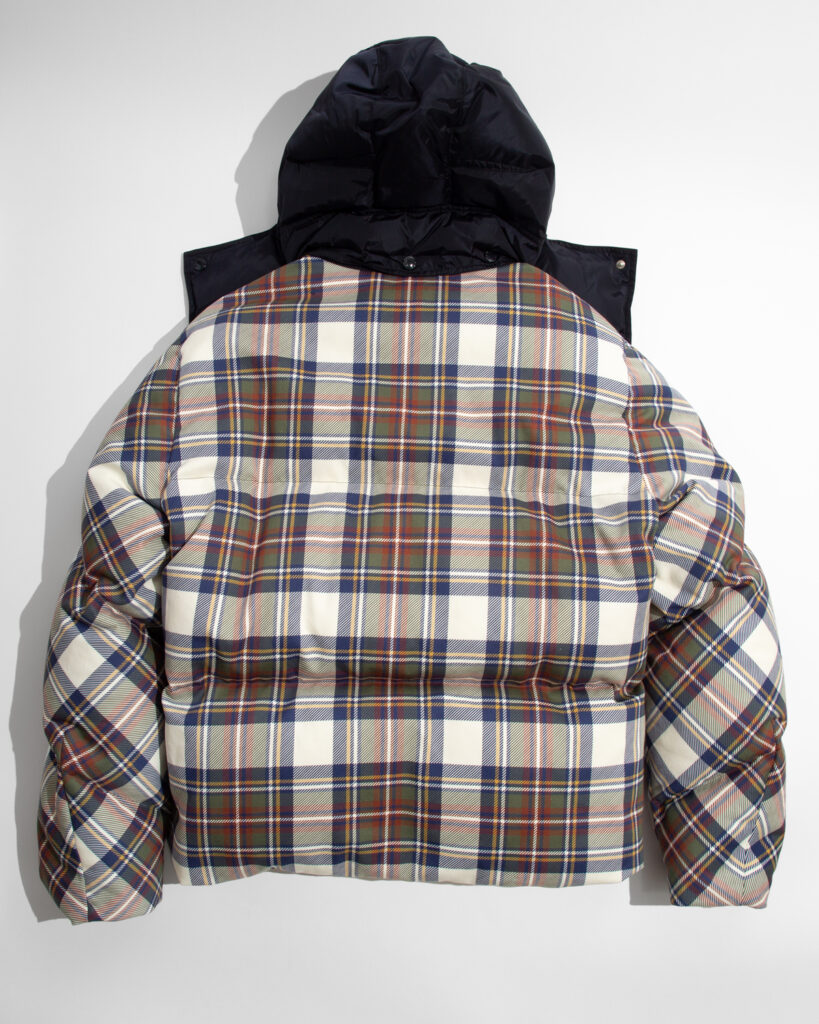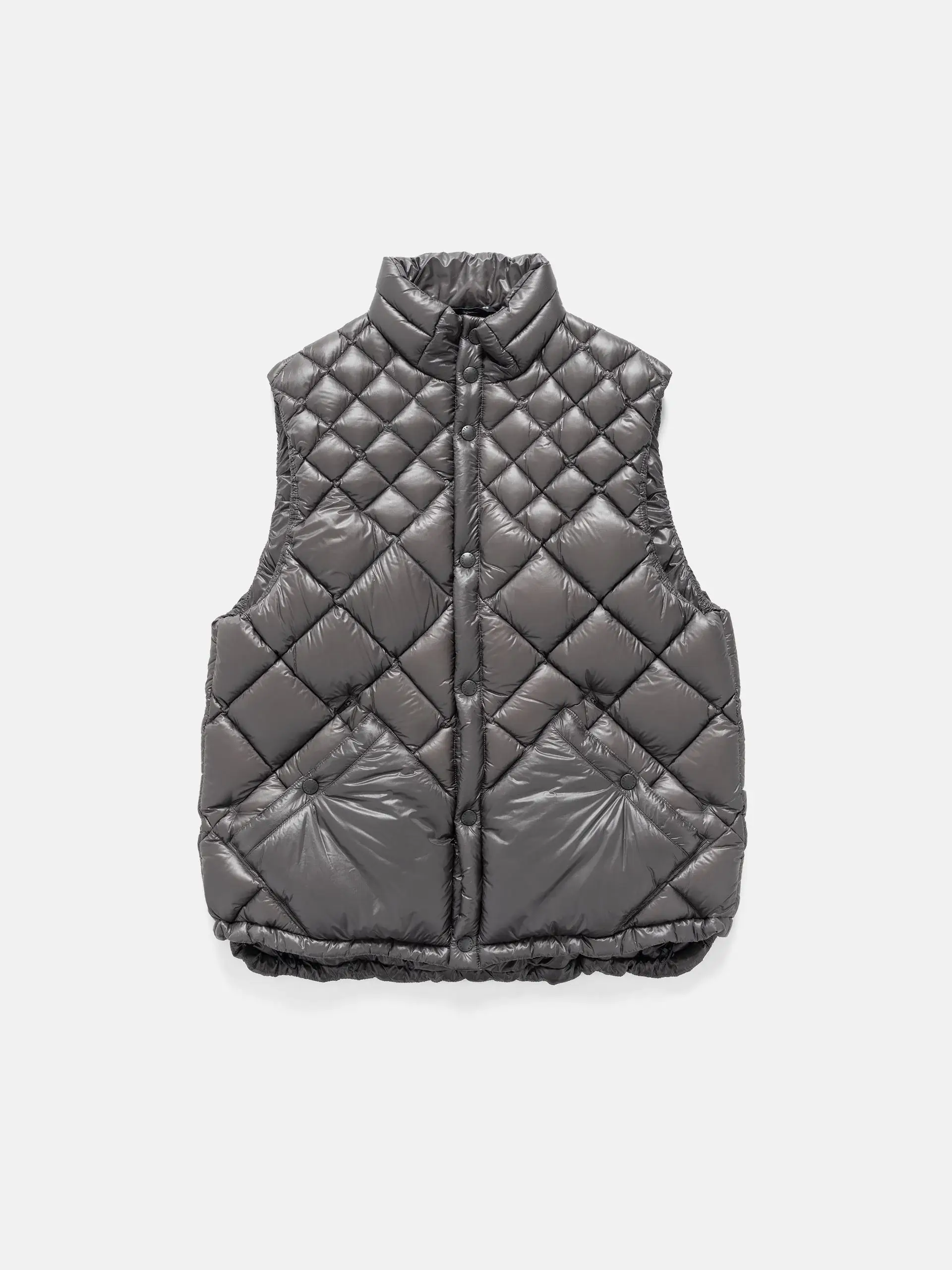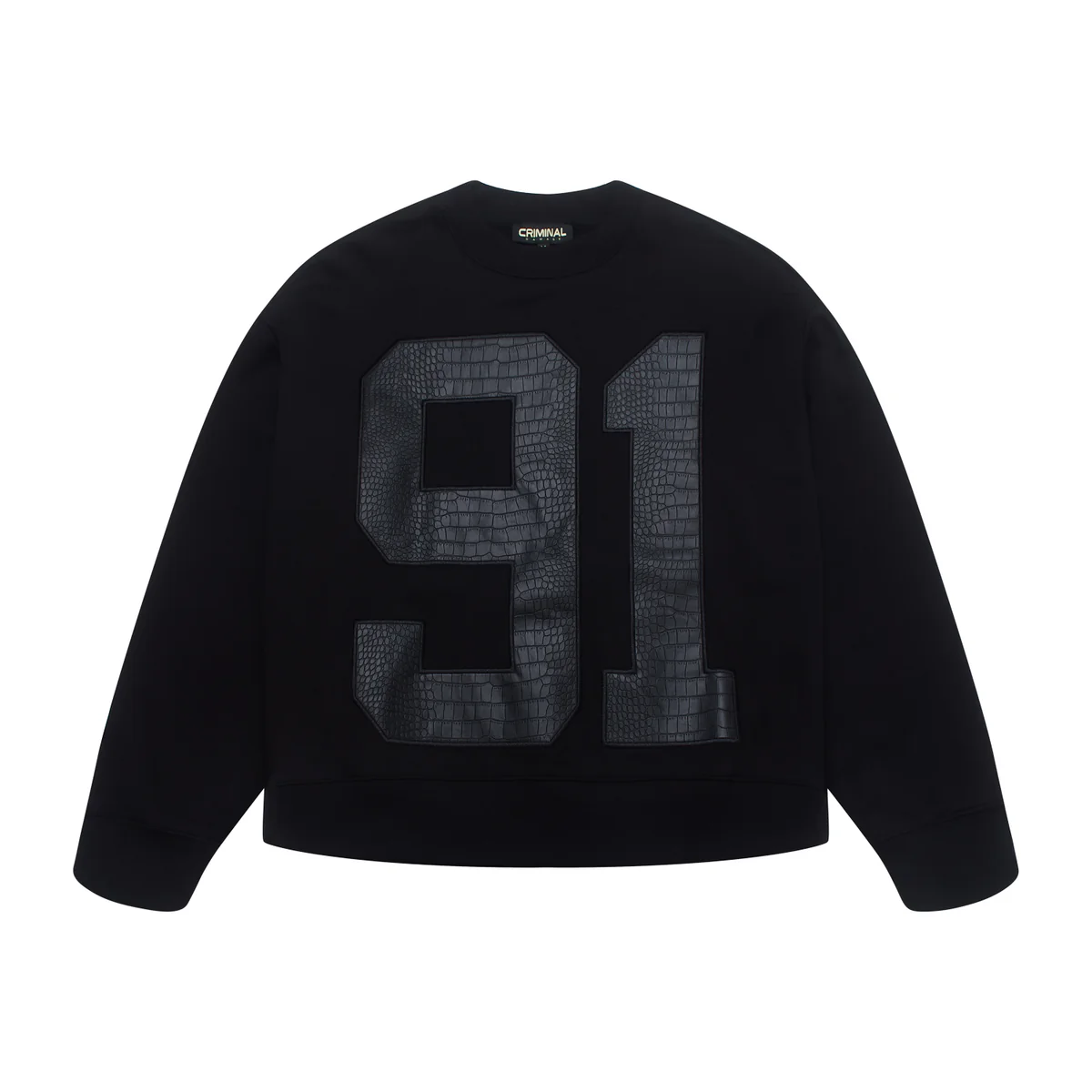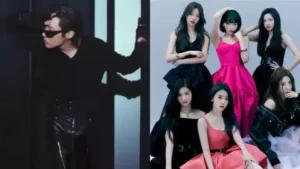The union of Moncler and JW Anderson is not a sudden experiment but the result of a slow and deliberate convergence. Both houses, though different in origin—Moncler rooted in alpine survival and JW Anderson steeped in postmodern play—have gradually grown toward one another across the last decade. Their newest collaboration, an archival capsule, reflects not just design ingenuity but a historic dialogue: one in which Moncler’s technical past and Anderson’s deconstructive tendencies find a shared stage.
This drop is not just about pulling garments from storage. It is about charting a historical trajectory, mapping how two brands with contrasting DNA eventually overlap through shared sensibilities: performance reinterpreted as art, and heritage refashioned for the now.
Moncler: From Expedition to Everyday Icon
Founded in 1952 in the alpine village of Monestier-de-Clermont, Moncler’s earliest reputation was built not in boutiques but on mountain ridges. The brand outfitted expeditions—including the Italian ascent of K2 in 1954—with down jackets engineered for survival. The archive of this era is marked by technical rigor: tightly packed down, stitched channels for warmth, fabrics resistant to ice and wind.
But by the 1980s, Moncler’s role shifted. No longer just expedition gear, its glossy puffers became symbols of Italian youth culture, worn in Milan’s clubs and on Parisian streets. The shift from mountaineering uniform to urban luxury reflected a gradual broadening of identity. Moncler’s archive, therefore, contains both survivalist codes and aspirational aesthetics—a duality that makes it ripe for re-examination.
JW Anderson: The Postmodern Archivist
Jonathan Anderson, by contrast, entered fashion in the late 2000s with a different mandate: not survival, but subversion. His eponymous label gained recognition for blurring gender boundaries, deconstructing classics, and weaving irony into form. Where Moncler revered history through performance, Anderson dissected history through provocation.
Yet Anderson has always been a kind of archivist—only one who distorts archives rather than preserves them. His runways have revisited Victorian ruffles, medieval tunics, and 1970s crochet, not to reproduce but to disturb. The JW Anderson approach to history is active, disruptive, playful.
Thus, when Anderson touches Moncler’s archive, the result is not nostalgia. It is a reconstruction that insists history itself must evolve.
View this post on Instagram
Convergence: Parallel Histories, Shared Trajectories
At first glance, Moncler and JW Anderson seem opposed. One is born in the Alps, the other in the London avant-garde. One is about survival, the other about concept. But their convergence has been gradual, born of the fashion industry’s growing interest in archives and the need to reframe history for contemporary consumption.
-
Both respond to climate and environment: Moncler to the literal cold, JW Anderson to the cultural climate of disruption.
-
Both blur function and form: Moncler turning gear into symbols of status, Anderson turning symbols into objects of utility.
-
Both thrive on transformation: A puffer is never just a puffer; a knit is never just a knit.
This gradual convergence explains why their archival drop feels organic rather than forced. It is the result of two histories circling closer until overlap became inevitable.
The Archive Reimagined: Icons Recast
The collection highlights garments that embody both history and reinvention.
-
1980s Lacquered Puffers: Originally symbols of youth excess, they return with Anderson’s warped quilting—stitched at oblique angles to fracture their perfection.
-
Expedition Parkas: Once carried to Himalayan peaks, they now emerge as longline coats with detachable crochet sleeves, merging craft with survival.
-
Sleeping-Bag Coat: Directly referencing Moncler’s mountaineering gear, Anderson converts it into a wearable cocoon, suggesting both safety and absurdity.
Each piece demonstrates how the archive is neither static nor sacred. It is a text to be rewritten, a conversation in which the past mutates under present conditions.
Color and Symbolism: Historic Codes Distorted
Color plays a symbolic role in this drop.
-
Cobalt Blue and Alpine White: Lifted from 1960s Moncler expedition uniforms.
-
Glossy Black: A nod to 1980s Milanese nightlife, when Moncler jackets entered club culture.
-
Coltish Pastels: Introduced by Anderson to destabilize seriousness, injecting a postmodern wink into alpine tradition.
These color stories track a historical arc: from survival to subculture to irony. The drop uses color as a timeline, each hue recalling a phase in Moncler’s evolution while accommodating Anderson’s interventions.
Accessories as Archival Footnotes
Accessories serve as annotations to the larger narrative.
-
Hybrid Balaclavas: Essential in mountaineering history, reimagined with crochet inlays to question utility.
-
Oversized Mittens: Archival ski gloves ballooned into comic proportions, exaggerating their protective intent.
-
Reissued Hiking Boots: Updated with futuristic soles, transforming rugged survival gear into collectible artifacts.
They function as footnotes to history, referencing the archive while reshaping it.
The Historic Weight of Campaign Imagery
The campaign, shot in the Italian Alps, deliberately stages history. Models wear archival reinterpretations while positioned against glaciers that recall Moncler’s origin. Yet their poses are subversively contemporary—club-like, cinematic, playful.
The imagery suggests a paradox: the archive as both enduring and unstable. Mountains endure across centuries, yet the bodies that move through them re-script meaning in every generation.
Archival Fashion in the Industry: A Wider Context
This collaboration sits within a larger movement of archival excavation in fashion. Gucci reissued Tom Ford silhouettes, Prada revived nylon classics, and even Nike has built an empire around sneaker reissues. But Moncler and JW Anderson add something distinct: the mix of two distinct archival logics—technical utility and conceptual deconstruction.
Where others simply re-release, this drop engages in historical convergence, demonstrating that archives need not be static replays but evolving negotiations.
Reception and Critical Discourse
Critics have praised the collaboration for its refusal of easy nostalgia. Rather than selling the past as it was, it sells the past as it might have been if reinterpreted today.
Fashion commentators highlight the meta-historicism of the collection—its acknowledgment that archives are themselves unstable, always shifting in meaning. Retail buyers anticipate strong demand, not only because of Moncler’s performance heritage but because JW Anderson’s collectible status ensures crossover appeal.
Impression
The Moncler x JW Anderson archival drop proves that history is not a vault but a living organism. By weaving together alpine heritage and conceptual disruption, the collection embodies a gradual convergence decades in the making.
This is not a return to the past but a reanimation of it, a way of ensuring that archives remain fertile grounds for invention. In doing so, Moncler and JW Anderson remind us that fashion’s most radical future often begins with history.
No comments yet.

